Name Aspelta Aspelta Died 580 BC Grandchildren Malonaqen Siblings Anlamani | Children Aramatle-qo Parents Senkamanisken Grandparents Atlanersa | |
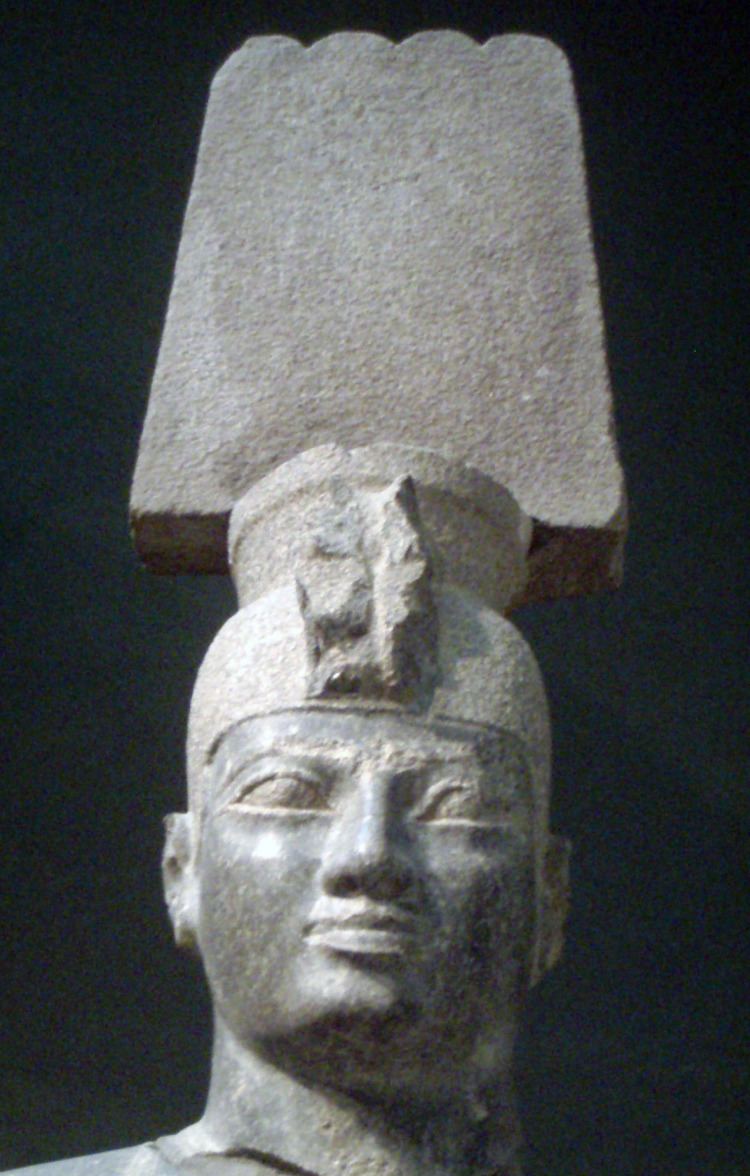 | ||
Spouse Mediken?, Henuttakhebitpossibly Arsata and Artaha Issue Aramatle-qo, Queen Amanitakaye | ||
Aspelta ground zero
Aspelta was a ruler of the kingdom of Kush (c. 600 – c. 580 BCE).
Contents
- Aspelta ground zero
- Aspelta ferus original mix
- Family
- Reign
- Tomb
- Monuments and Items mentioning Aspelta
- References
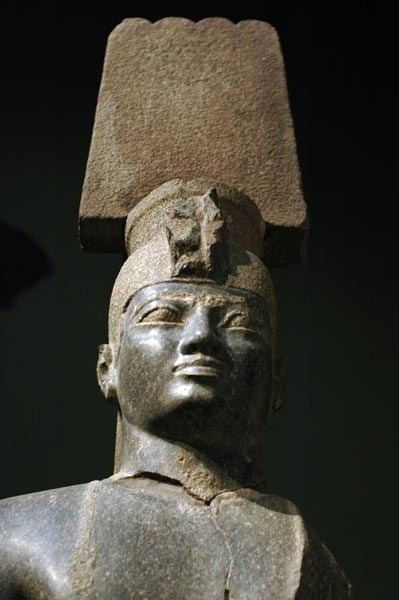
Aspelta used titles based on those of the Egyptian Pharaohs.
Horus name: Neferkha ("Whose Appearances are Beautiful")
Nebty Name: Neferkha ("Whose Appearances are Beautiful")
Golden Horus Name: Userib ("Whose heart is strong")
Prenomen: Merykare ("Re is one whose ka is loved")
Nomen: Aspelta

More is known about him and his reign than most of the rulers of Kush. He left several stelae carved with accounts of his reign.
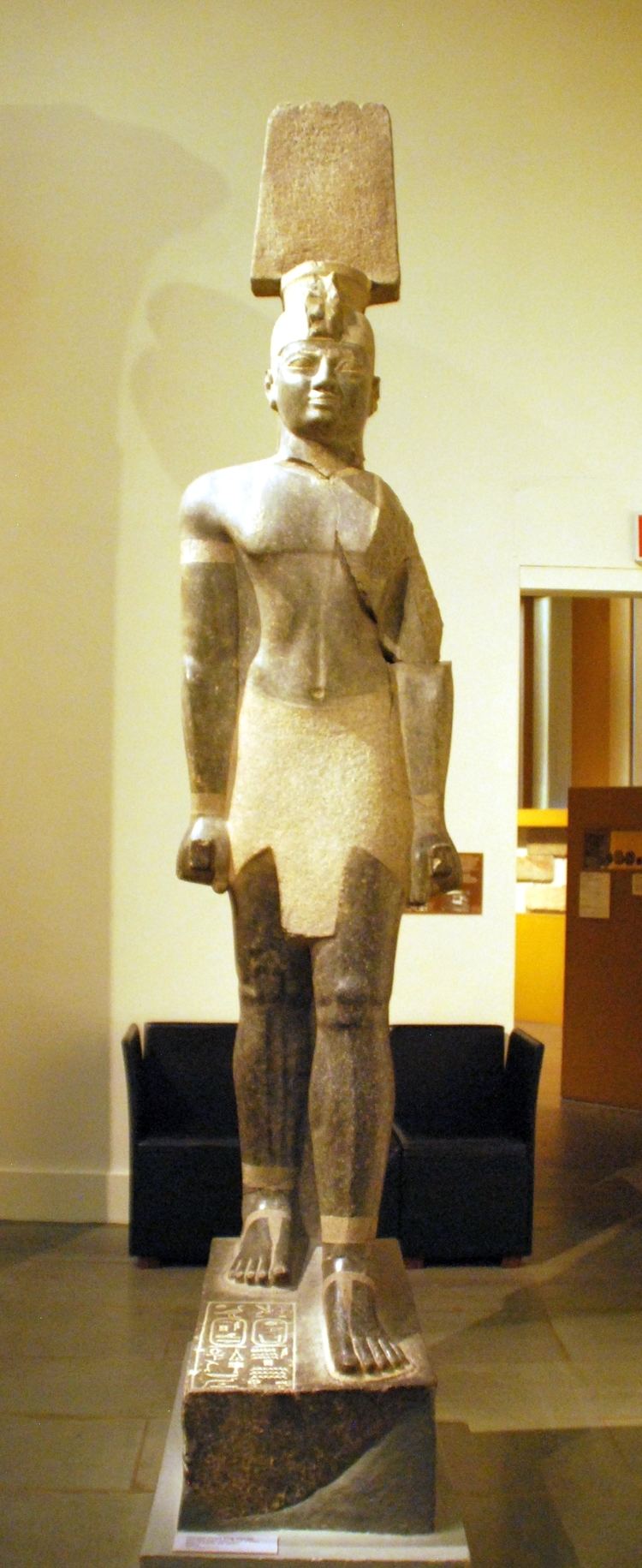
Aspelta ferus original mix
Family
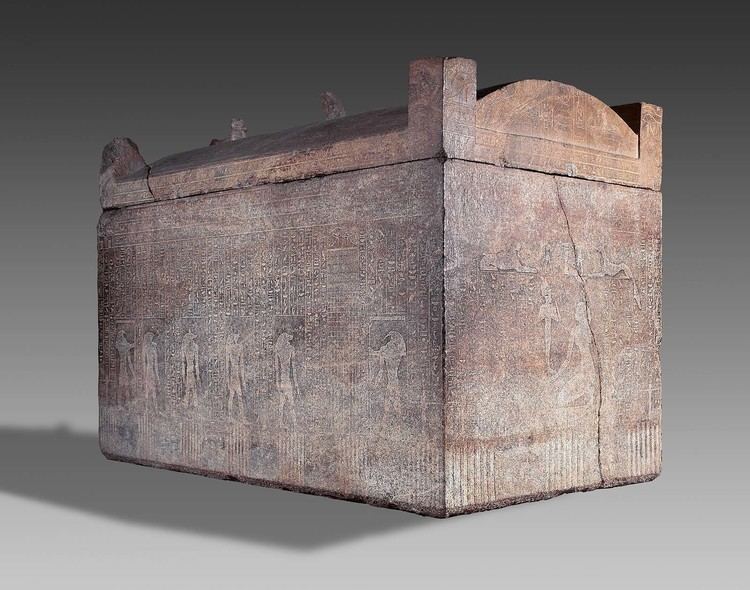
Aspelta was the son of Senkamanisken and Queen Nasalsa. Aspelta was the brother and successor of Anlamani. The King is thought to have had several wives, including Henuttakhebit (buried in pyramid Nuri 28), Weqemale (buried in pyramid Nuri 40), Asata (buried in pyramid Nuri 42), Artaha (buried in pyramid Nuri 58). he may have also been married to his sister Madiqen.
Reign
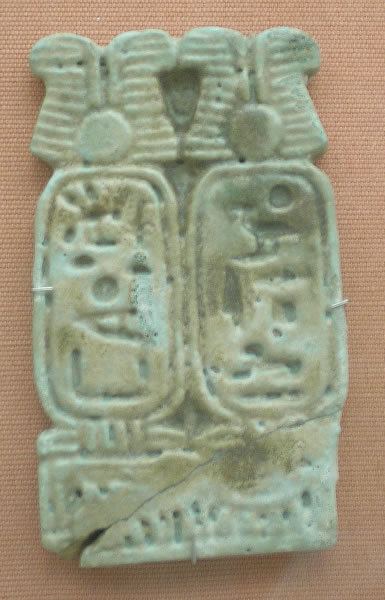
According to his inscriptions, Aspelta was selected as ruler by a committee of twenty-four religious and military leaders. He then set out north to Napata to be selected as king by the gods and crowned. Another stele that might date from Aspelta's reign recounts how a group of priests were put to death, likely for conspiring against the king. In 592 BCE, Kush was invaded by an Egyptian military expedition initiated by Pharaoh Psamtik II perhaps because Aspelta posed a threat to this pharaoh's authority over Upper Egypt. The invaders sacked Napata, and some historians believe that because of this attack, Aspelta decided to move the Nubian capital to the more secure city of Meroe.
Tomb
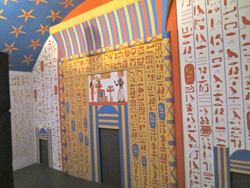
Aspelta's tomb was located at Nuri and is the second largest burial structure here. His tomb was excavated by George A. Reisner in 1916 and many items were discovered within it, most of which are now in the Museum of Fine Arts in Boston. The palace built by him and his brother was excavated by Reisner in 1920.
Monuments and Items mentioning Aspelta
Aspelta is well attested. A list of items mentioning the King:
